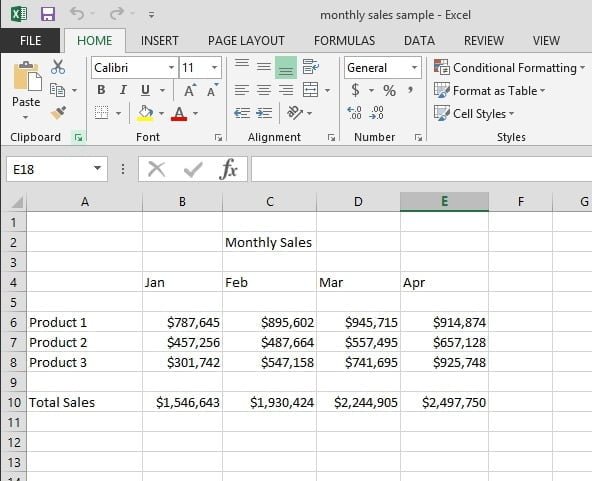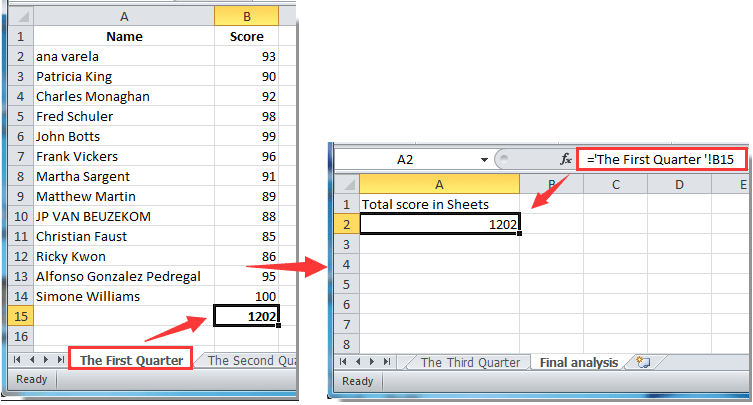How Much Is An Excel Sheet Of Leads Worth

In today's data-driven business landscape, the value of a well-curated list of leads cannot be overstated. For companies engaged in marketing, sales, or any form of customer outreach, an Excel sheet full of leads can represent a potential goldmine. But just how much is an Excel sheet of leads worth? This question opens up a complex array of considerations involving quality, quantity, relevance, compliance, and potential ROI. Let's delve into understanding the worth of lead lists from various perspectives.
The Economics of Leads
The basic economic principle in valuing leads revolves around their ability to convert into customers. Here are several factors that influence this valuation:
- Quality of Leads: Not all leads are created equal. The quality of leads is determined by how well they fit your target demographic or buyer persona. High-quality leads, those with a higher likelihood of conversion, command a premium.
- Quantity: More leads might not always equate to more sales, but having a substantial number of potential customers can significantly increase the chances of conversions, thus adding value to the list.
- Relevance: Leads must be relevant to the product or service you offer. A list filled with potential customers in your industry niche is far more valuable than a generic list.
- Compliance and Ethics: With data protection laws like GDPR in Europe or CCPA in California, it's crucial that leads are obtained and stored ethically, with proper consent. The value drops significantly if leads don't comply with these regulations.
- Cost of Acquisition: How much did it cost to gather these leads? Understanding the cost-per-lead (CPL) can help in evaluating the worth of an existing list.
- Potential Return on Investment (ROI): By estimating how much revenue a single conversion might bring, one can backward engineer the value of leads. If one customer brings in $1000 and the conversion rate is 5%, then each lead is theoretically worth $50.
Understanding Market Rates

Leads are often traded in marketplaces, both online and through brokerages. Here's a rough guide to what you might expect to pay:
| Lead Type | Price Range Per Lead |
|---|---|
| Low-Quality B2C | $0.25 - $5 |
| High-Quality B2C | $10 - $30 |
| B2B | $5 - $100 (depending on industry and decision-making power) |
These prices are influenced by:
- Geographical location of leads.
- Their profession or industry if B2B.
- How recent the leads are (fresher leads cost more).
- Their interaction level (did they just fill out a form or have they engaged with marketing material?)
Assessing the Actual Value

To truly assess the value of an Excel sheet of leads, consider the following approach:
1. Conversion Analysis
Analyze historical data:
- What was the conversion rate for similar leads in the past?
- Calculate the average revenue per customer acquired from leads.
- Apply this to your current list to get an estimated value.
2. Marketing Cost Comparison

Compare the cost of buying leads to generating them:
- How much would it cost in time, resources, and advertising dollars to generate the same number and quality of leads?
3. Potential Lifetime Value (LTV)

Consider the long-term value:
- What is the expected lifetime value of the customers generated from these leads?
- If your business thrives on repeat sales or subscriptions, the initial lead value increases.
4. Market Demand
Leads with a high demand in certain markets might fetch a higher price:
- Are these leads in a niche or high-competition market?
- What's the current demand for leads in this sector?
Maximizing the Value of Your Leads
To ensure you're getting the most out of your lead list, consider the following:
- Lead Scoring: Implement a lead scoring system to prioritize the most promising leads for immediate follow-up.
- Data Hygiene: Keep your lead data clean by regularly updating and verifying information. Inaccurate data can render leads worthless.
- Segmentation: Segment leads based on various criteria like geography, industry, or interest level to tailor your marketing efforts.
- Personalization: Personalize your outreach to increase conversion rates. Leads are more likely to respond if the message feels tailored to their needs.
- Compliance: Ensure all interactions with leads comply with legal standards to maintain their value and avoid penalties.
- Multi-Channel Follow-up: Use different communication channels to reach out to leads, increasing the likelihood of engagement.
📚 Note: Remember that not all leads will convert, even if they are high quality. The key is to understand the patterns in your conversion rates and adjust your strategies accordingly.
👉 Note: Always keep an eye on the lead acquisition cost. If you're spending more to acquire leads than you're making from conversions, it's time to reassess your approach.
The value of an Excel sheet of leads can range dramatically depending on various factors. While it's difficult to put an exact price tag on it, by considering the quality, relevance, compliance, and ROI potential, businesses can make educated estimations. Moreover, the true worth of leads often lies in how they're utilized. Efficient lead management, targeted marketing, and consistent follow-up can turn a potentially average list into a treasure trove of future sales.
How can I determine if a lead list is of high quality?

+
Quality can be assessed by looking at the leads’ conversion history, their fit with your target demographic, the recency of the data, and the level of engagement they’ve shown with previous marketing efforts.
What are the legal considerations when buying lead lists?

+
Ensure compliance with data protection laws like GDPR or CCPA. Verify that leads have given consent to be contacted and that the seller has the right to sell the data.
Is there a way to make leads last longer or have a longer shelf life?

+
Yes, by nurturing leads through consistent, relevant content, segmenting leads effectively, and keeping your data updated, you can extend the shelf life of your leads.



